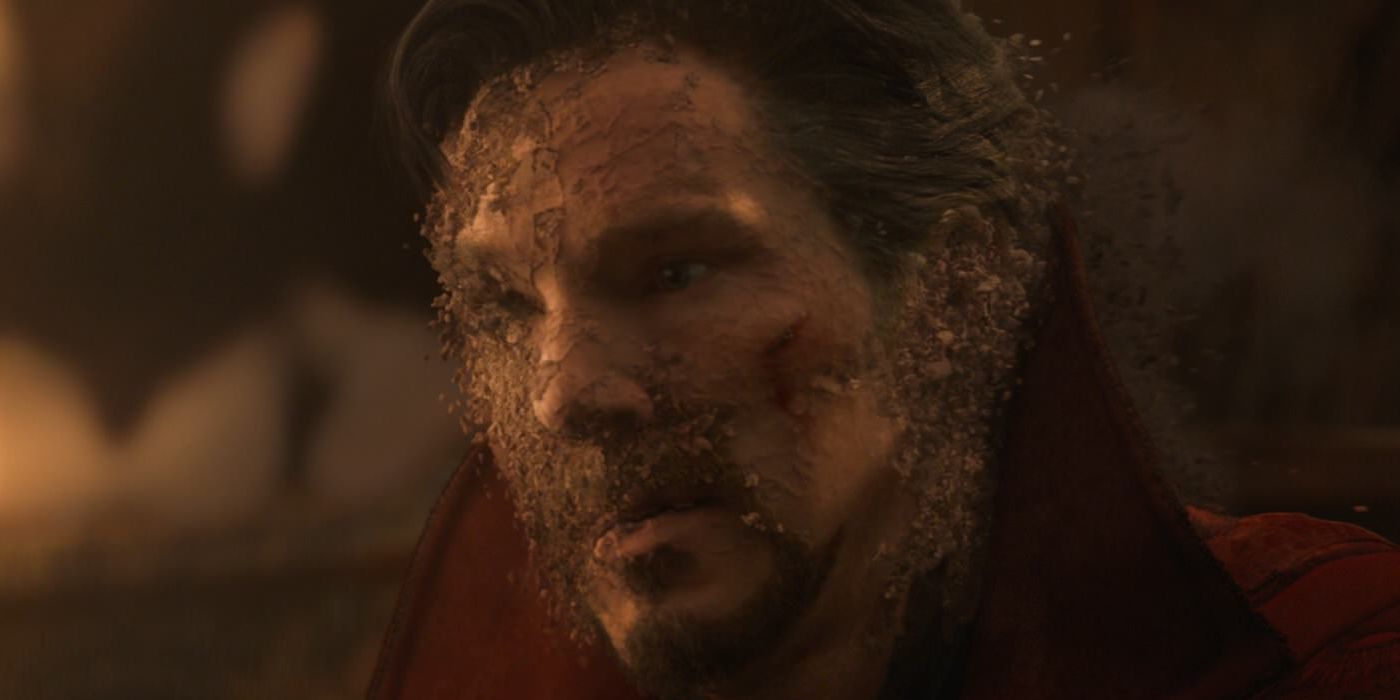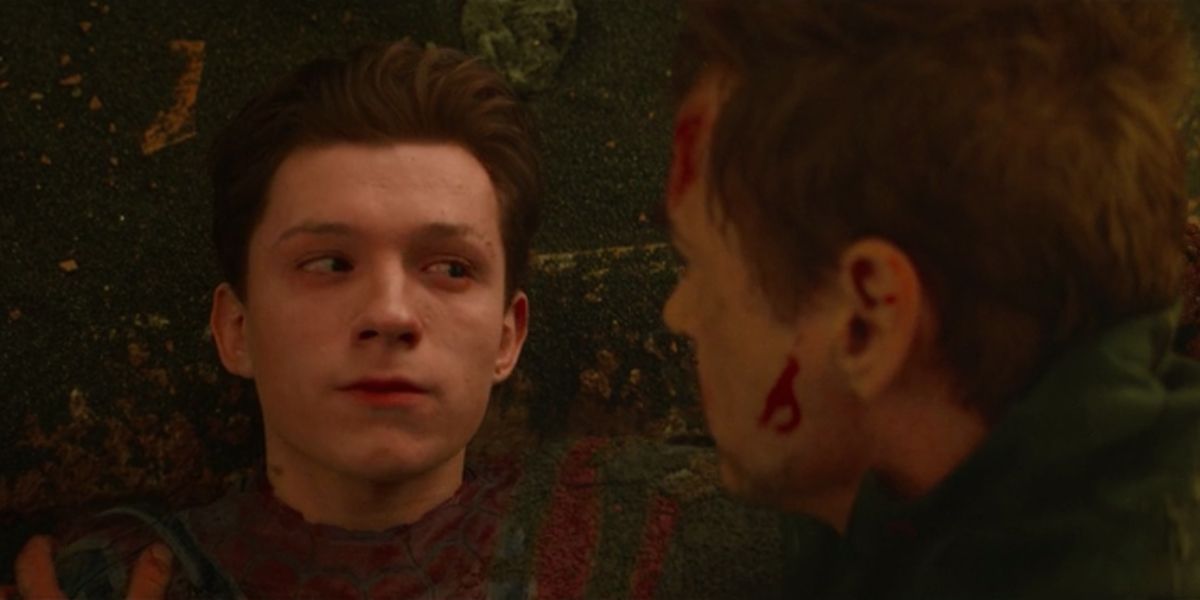Thanos' snap victims' deaths originally looked a lot more complicated than what ended up in the final cut of Avengers: Infinity War, VFX supervisor Dan Deleeuw says. Earth's Mightiest Heroes suffered their first real defeat at the hands of Thanos, despite putting up a gallant fight alongside their newfound allies. In the end, the Mad Titan executed the deadly snap, wiping out half of life in the universe, including some of MCU's heroes, in an effort to balance the galaxy.
Seeing beloved Marvel characters disintegrating into dust one by one was arguably the most memorable sequence in Infinity War (possibly in all of the MCU). The horror of seeing heroes suddenly vaporizing, coupled with the eerily silent background, made for a traumatizing turn of events for fans. However, deciding on how the characters were going to disappear took a lot of careful consideration, to ensure that their deaths evoked the emotions that directors Joe and Anthony Russo wanted from viewers.
Related: Infinity War VFX Supervisor Reveals Which Infinity Stone Killed Half the Universe
In an interview with Screen Rant, Deleeuw shared the creative process behind translating the deaths of Thanos' snap victims on the screen. The VFX supervisor and his team "knew we had to see something: it couldn't be just a simple snap and them just disappearing." So they had to decide on the manner of how to do it in a way that both made sense in terms of the established capabilities of the Infinity Stones, and it being emotionally resonant with viewers.
"[It] made sense that all six stones are combined now, [so] what stones would... how would combining the stones make that happen? So does the Soul Stone go in and disintegrate their soul? And does the Power Stone disintegrate the body? And the Space Stone what actually moves the ash? And so early tests were combining all those different pieces and although it was kind of beautiful in a way, it just became too much, right? It became... if there was too much of a Soul Stone effect it looked like they were on fire when they were disintegrating, and the idea was like just back off and keep it simple."
Deleeuw added that by keeping things simple, it allowed them to control "how quickly the ash went over a person's body and how it went over their body and how when they disintegrated they floated away" which in turn gave "everybody a unique way in which they turn to ash." They were able to focus on the manner of their physical disappearance, rather than having to also consider the fallen heroes' lost souls had they also used the Soul Gem to explain their disintegration. "Some characters would go away quickly and some would last longer, just give them something a lyrical, almost a poetic way in which they kind of float away to ash to make it more impactful," he said. This is one of the reasons why Spider-Man had his death drawn out (aside from the fact that it was establishing Tony's arc moving forward).
Audiences seeing Thanos' snap victims suddenly disintegrating into dust also gave them a visual reminder which ones were killed due to the galactic genocide and may still be resurrected in Avengers 4, depending on how the remaining heroes do with their mission to restore peace in the universe and take down the Mad Titan. Marvel Studios continues to be tight lipped about the next film, but popular theories point to time travel and the Quantum Realm factoring into the narrative. Fans will just have to wait until May of next year to find out how things ultimately pans out for Earth's Mightiest Heroes.




